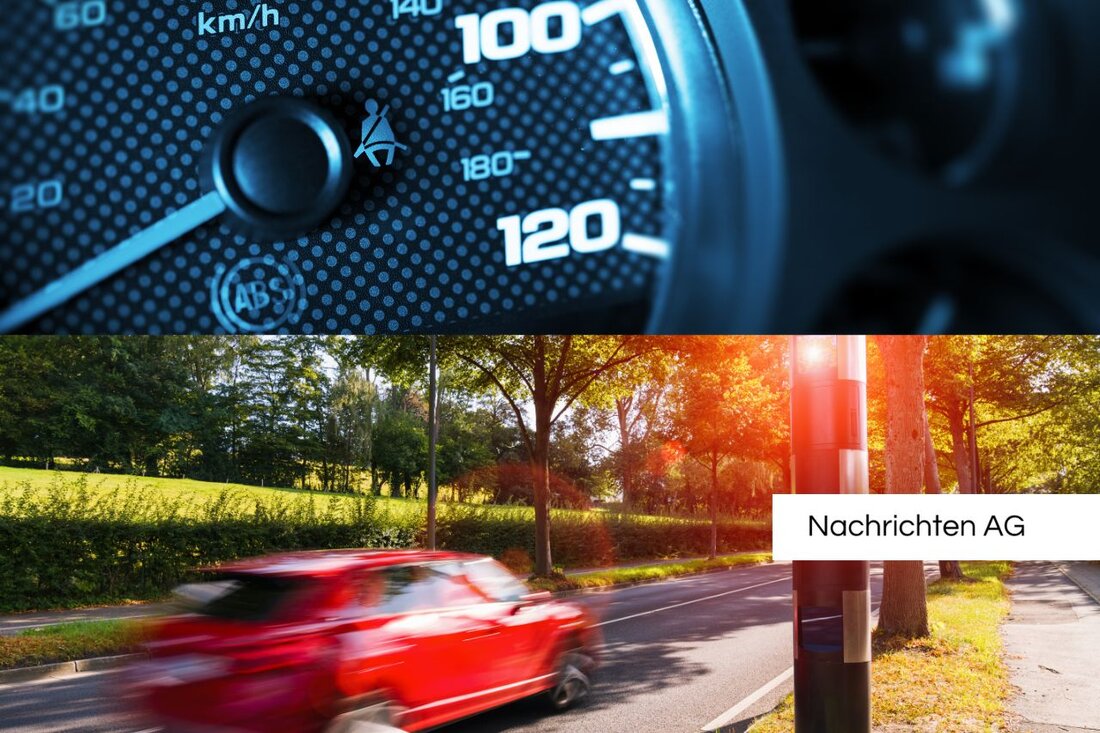A19 under control: Speed camera report for Heiligengrabe on October 8th!
Mobile speed camera on the A19, Ostprignitz-Ruppin, today October 8th, 2025. Current speed and traffic monitoring.

A19 under control: Speed camera report for Heiligengrabe on October 8th!
Today, October 8, 2025, a mobile radar box appeared on the A19 motorway, more precisely in the Heiligengrabe/Papenbruch region in the Ostprignitz-Ruppin district (Brandenburg). This was reported at 7:08 a.m. today in a 120 km/h zone. Such checks are part of regular efforts to increase road safety and educate drivers to respect speed limits. The danger situation on federal highways is often dynamic, which requires a flexible approach to mobile speed cameras, report colleagues from News.de.
The federal highway 19, which connects the Hanseatic city of Rostock with Wittstock/Dosse, has a total length of 123 km. A mobile speed camera can make a valuable contribution to traffic monitoring. The speed limit signs cannot be overlooked, because in Germany the penalties for exceeding the speed limit depend on the respective traffic regulations, as shown on Bussgeldkatalog.org can be read.
How is it measured?
The maximum permitted speed is checked by radar devices that send a signal and determine the speed of the vehicle using a distance-time calculation. The Doppler effect is often used to obtain precise values. However, it should be noted that measurement errors can occur, for example due to poor placement of the speed cameras or unfavorable weather conditions, which is a clear indication of the need for accurate calibration of the devices. If you exceed the speed limit, a photo will be taken and a fine notice will be sent to the vehicle owner. The costs for speed cameras vary depending on the type of violation and can quickly make drivers sweat.
In 2013, for example, over 5,000 drivers were given points for speeding, which were often accompanied by fines or even driving bans. It is therefore wise to always slow down, especially in places where mobile speed cameras often appear.
Tolerances and objections
The traffic radar systems in Germany do not work without tolerances. For speeds up to 100 km/h, 3 km/h is usually deducted. If you drive faster, your speed will be reduced by 3 percent. Appealing fines can make sense, especially if the photo quality is poor or measurement errors are suspected. Disturbing factors such as incorrect angles or reflections should also be taken into account.
Much attention is paid to traffic radar monitoring in many countries in the European Union. In Austria, for example, there are around 130 stationary radar systems that often only take photos from behind in order to detect speeding. A cursory glance at the road traffic regulations can't hurt in such moments.

 Suche
Suche
 Mein Konto
Mein Konto